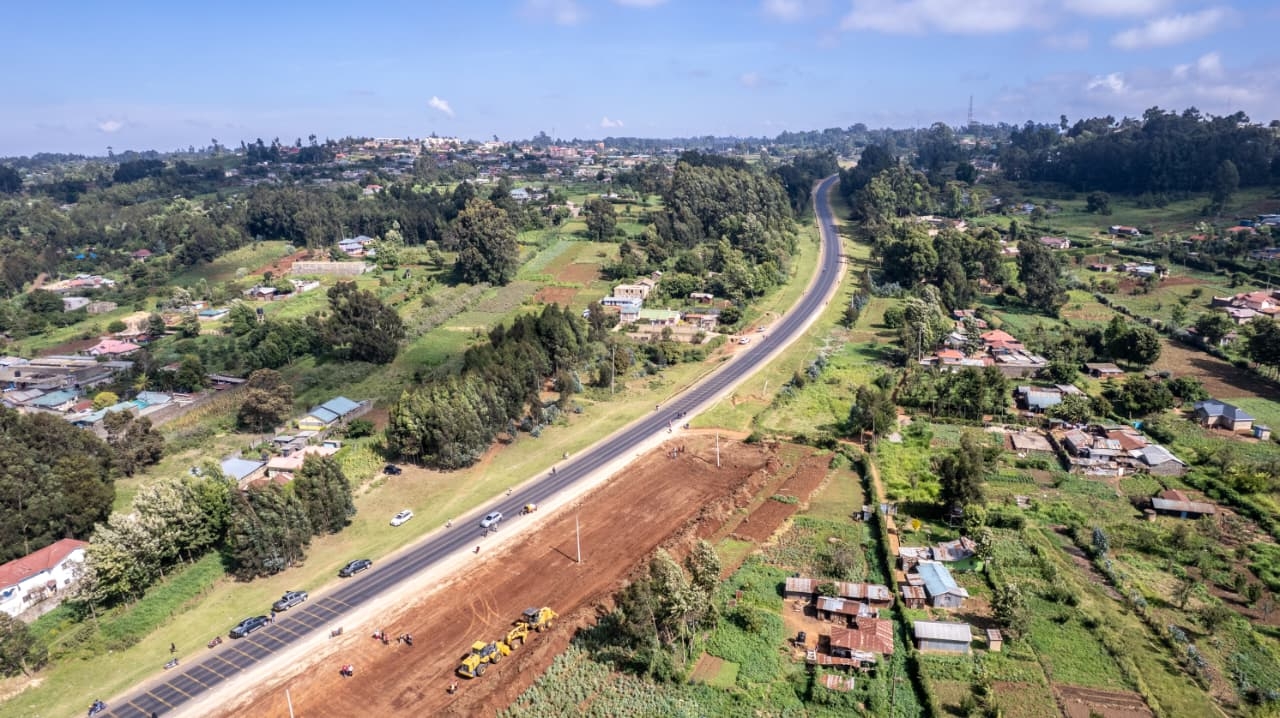The Kenya Agricultural and Livestock Research Organisation has rolled out a programme to empower cashew nut farmers at the Coast to achieve their potential.
Cashew nut farmers at the Coast currently produce 10kgs of the cashew nuts per tree whereas there is a potential to produce up to 70kg per tree.
The main constraints have been reliance on aged trees, poor varieties, poor agronomic management, pest and diseases, fluctuating market prices and weak farmer organisations.
Kalro has however developed 14 cashew varieties, four of which have been certified already.
These have a potential yield of up to 1,680kg per acre compared to current yields of 500kg per acre.
Kalro says cashew nut farming in Kenya covers about 57,000 acres of land with an annual production of about 15,000 metric tonnes of nuts valued at Sh397.4 million.
However, the potential production is under about 173,000 acres, with an annual production of 45,000 metric tonnes valued at about Sh1 billion.
“There is an increased demand for cashew nuts and its products locally and internationally, and Kenya has great potential to exploit this opportunity,” Kalro director general Eliud Kireger said on Wednesday.
Cashew is ranked third in the world production of edible nuts that are traded globally.
Potential export markets include China, Japan, India, Netherlands, Israel, Pakistan, Sudan, Saudi Arabia, South Africa and the United Kingdom.
The major cashew nut producing counties at the Coast are Kilifi, Kwale, Tana River and Lamu, although a bit of it is also done in Taita Taveta.
Other counties doing cashew nut farming in the country include Tharaka Nithi, Embu, Meru and, most recently, Makueni and Busia counties, albeit on a small scale.
Speaking at Kalro Mtwapa, Kireger said cashew is a perennial tree crop with good tolerance to water stress making it an exceptionally suitable crop for up-scaling as a climate-smart technology that can help the majority of farmers cope with the effects of climate change.
It thrives in well-drained sandy loam soils in tropical climates where temperatures average between 24 and 28 degrees celsius, although the trees can also survive at 40 degrees celsius.
Cashew grows in areas between zero and 1,000 metres above sea level, but the ideal altitude is 600 metres above sea level.
Rainfall requirements range between 600 to 1,200mm per year but can also grow in areas of low rainfall of 400mm.
These climatic conditions make Kenya’s arid and semi-arid areas ideal for cashew production, which coincidentally are home to a majority of resource farmers.
Kalro has seven centres at the Coast, including in Lamu, Malindi, Mtwapa, Matuga, Kikoneni, Mariakani and Bachuma, that support agriculture and livestock research towards supporting the Big Four agenda.
An eight-day training of cashew nut farmers from Lamu county at Matuga is ongoing.
The training is sponsored by the government and the World Bank, through the Kenya Climate-Smart Agriculture Project to support the Big Four agenda.
Kireger said Kalro has developed new technologies that will see farmers improve their cashew nut production.
“The challenge that our farmers are having is that technologies that have developed are not reaching them,” Kireger said.
This is why Kalro has embarked on a programme to train the farmers at the grassroots on the new technologies and also distribute the new variety of seedlings developed by the organisation.
Currently, the marketing of raw cashew nuts in Kenya involves simple linkages of farmers to processors and exporters, and in many cases, intermediaries.
“The challenge has been the small quantities sold by individual farmers and high costs involved in bulking sufficient nut quantities,” Kireger said.
This has made farmers have low bargaining power.
Senior research scientist at Kalro Mtwapa Francis Muniu said cashew powdery mildew is a fungal disease that attacks young cashew pinnacles and flowers, and eventually affects the apple and the nut, which may lead to 70-100 per cent crop loss.
However, Kalro is currently evaluating several varieties for resistance or tolerance to the disease.
“Currently we have 14 cashew varieties which we have developed and we are assessing them on their response to cashew powdery mildew.
“About four of them are high yielding and we believe it is because they possess some tolerance to the disease therefore they are the ones we are currently promoting,” Muniu said.
The research scientist said they have sampled the various varieties all over the Coast region and also introduced materials from Tanzania and West Africa to get the resistant variety.
He said farmers have been using a poor quality variety of seeds.
However, Kalro has now rejuvenated old trees through coppicing and topworking.
“Farmers in Kwale, Kilifi and Lamu have been trained on this,” Muniu said.
Other trials planned include fertiliser use, intercropping and spacing.
“We have also ensured farmers access seedlings and have supplied about 100,000 seedlings in the past one year not only to Coastal farmers but also to others in other counties like Tharaka Nithi,” Muniu said.
-Edited by SKanyara














